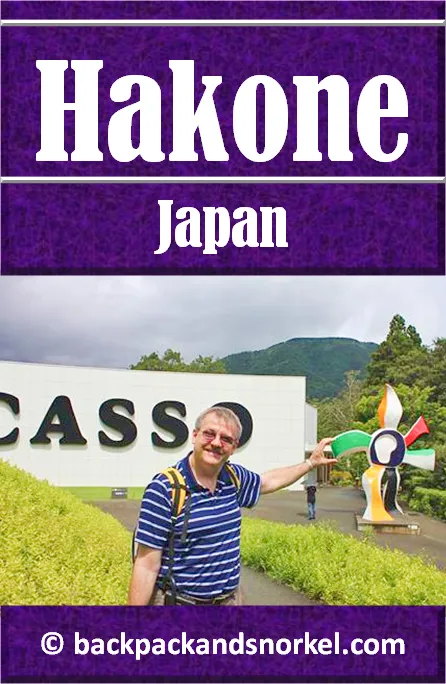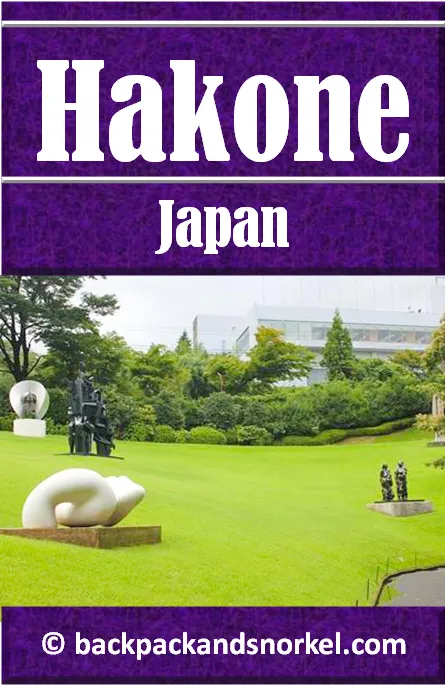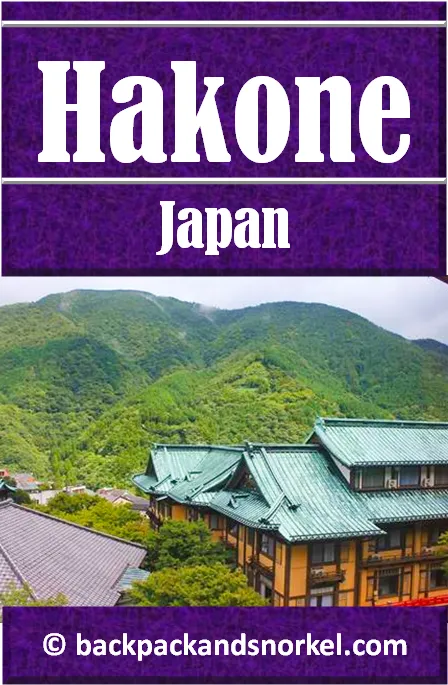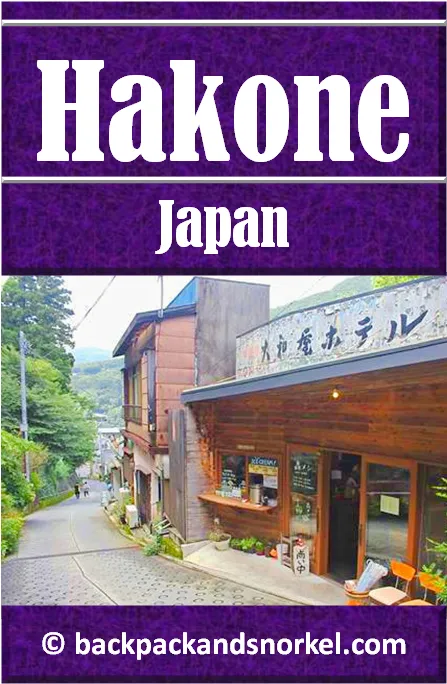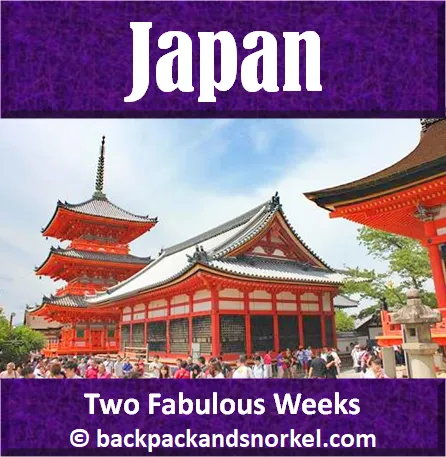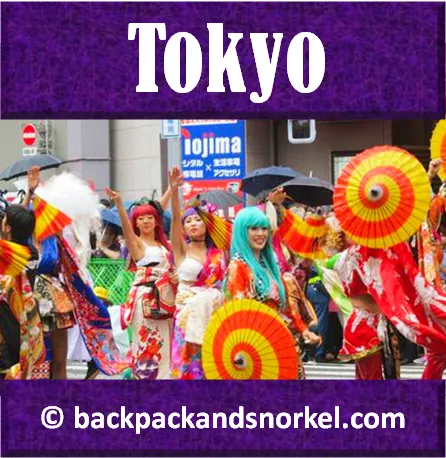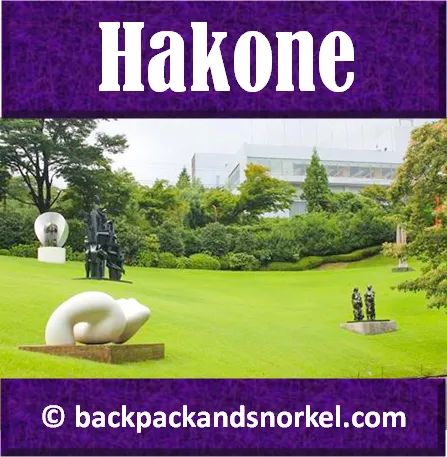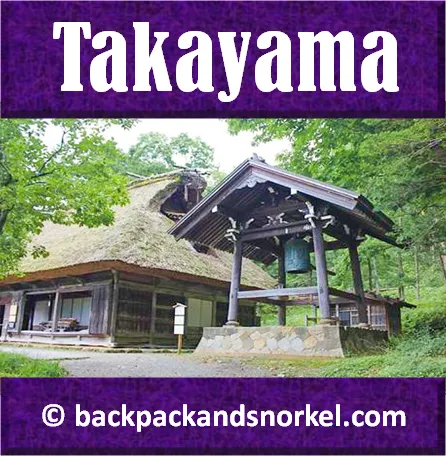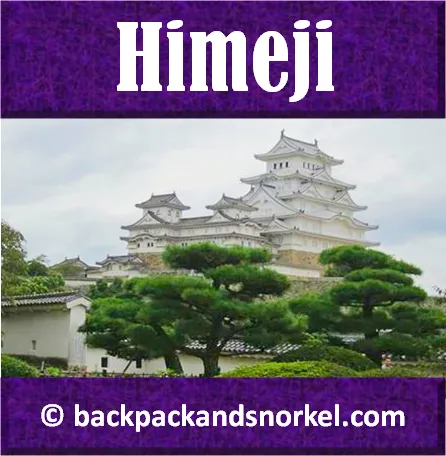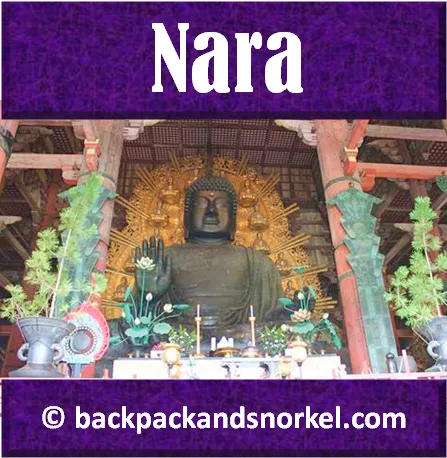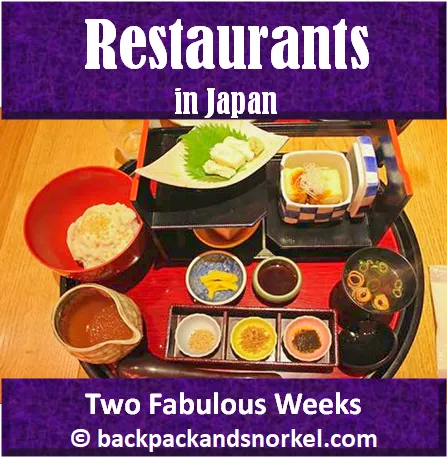Travel Guide for Hakone - Japan Purple Travel Guide
We show you the best things to see in Hakone and, as always, we provide lots of photos so you can decide where you want to go.
General Information about Hakone 箱根町
Hakone is a small town with a population of about 14,000 people and designated as a Japanese National Geopark. Tourism is the dominant source of income as the onsen hot spring resorts, museums, Hakone’s scenic beauty, its proximity to Tokyo and the ability to see Mount Fuji on a clear day attract lots of tourists.
When you visit Hakone, here is the climate that you can expect:
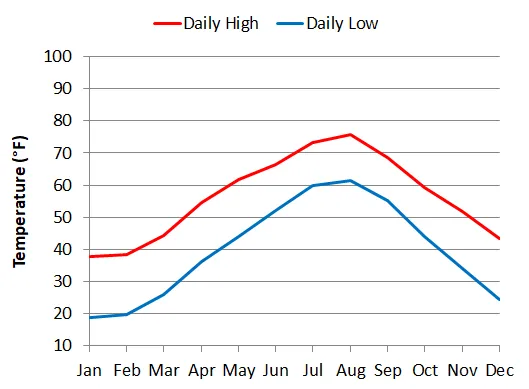
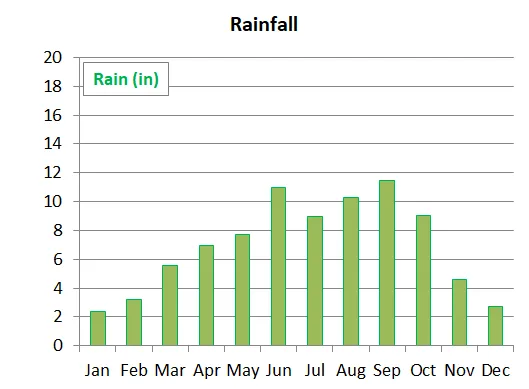
Historic Hakone Tozan Railway
Getting to Hakone from Tokyo by train is straightforward. You take a 35min Shinkansen train ride from Tokyo Station to Odawara Station. From there you change to the historic Hakone Tozan Railway which brings you up the mountain to Hakone in only 15min. Alternatively, you can take a bus.
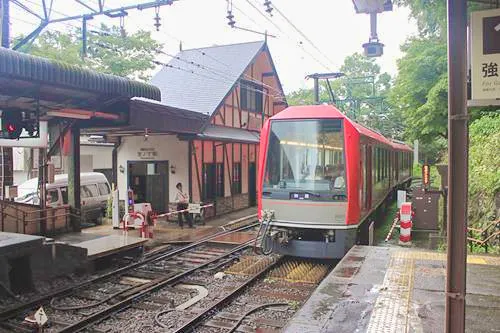
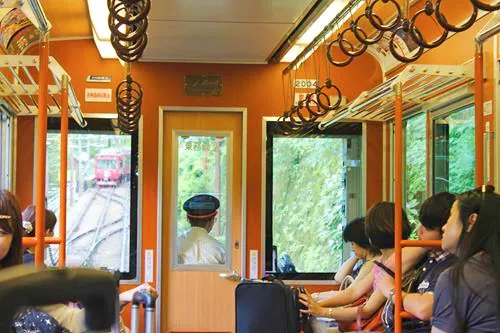
Hakone has multiple stops; if you stay that the historic Fujiya Hotel, you will need to exit at Miyanoshita Station.
There are several restaurants and souvenir stores near Miyanoshita Station.
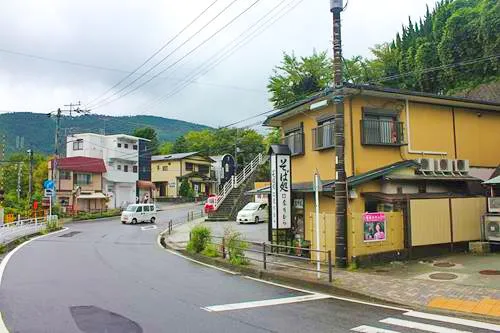
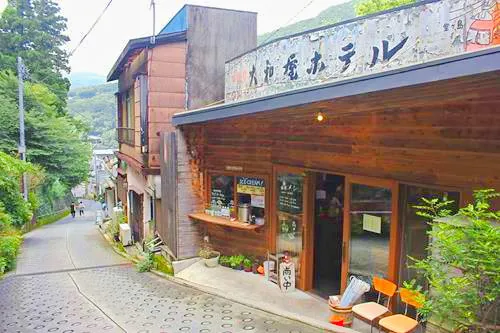
Fujiya Hotel (price & availability)
With a nightly rate above US$250, this historic hotel is actually priced mid-range in Hakone.
It is within 5 min walking distance of the Miyanoshita train station. The hotel offers a free shuttle to take you to the train station which is a good thing as Hakone’s streets are not flat and walking up and down the many hills with your luggage can be a challenge.
Room 410 is large, beautifully decorated, has 2 beds with firm mattresses, a TV with English channels, a desk, a hair dryer, a small fridge with a mini bar, a large bathroom with tons of complimentary items including shampoo, body wash and conditioner. Hot water comes from the hot spring near the hotel and cold water is supplied by the city.
The hotel has an indoor pool and an outdoor pool, a Japanese garden, a small museum, several shops (all accept credit cards), a gender-separated onsen and several dining rooms. Breakfast was included in the room rate.
Breakfast was served in 2 different dining rooms. One restaurant served American continental breakfast and the other a breakfast buffet. The breakfast buffet has many choices starting with typical continental breakfast items like bacon, scrambled eggs, sunny side up eggs, Japanese sausages, etc., croissants, margarine, marmalade, and also some oriental foods like rice, curry, eggplant, etc. Additionally, there is an omelet bar, corn flakes, different fruits, fruit juices, great tasting whole milk, coffee, and a selection of teas.
The hotel had free and fast wifi and the personnel and service are excellent and people spoke some English.
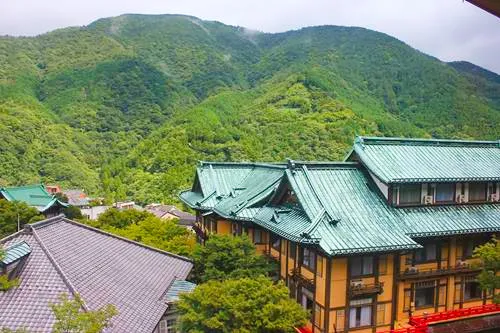
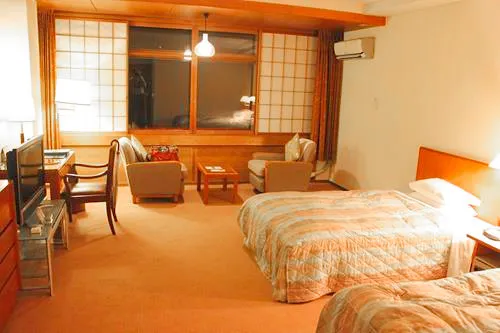

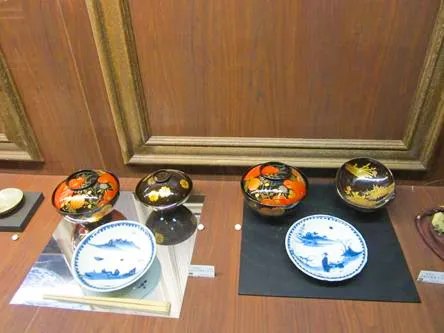
Hakone Open Air Museum
Do you love to see sculptures by artists around the globe? Have you always wanted to see some paintings, sculptures etc. by Picasso? If so, then the Hakone Open Air Museum may be for you.
The Hakone Open-Air Museum opened in 1969 and is Japan's first open-air museum.
Laid out over several acres of grass and wooded land with the mountains as a backdrop are 120 sculptures from artists around the globe and another 900 indoors. Some are bronze, some are shiny mirror-like and some are beautifully painted. Others are very modern and others are more traditional Japanese.
Competing with the natural beauty of the scenery is the Picasso pavilion which has paintings, prints, drawings, sculptures, dishes, and other objects that Picasso made.
Hakone Open Air Museum is for all ages, including small kids who can play in a large transparent plastic structure.
If you are in Hakone and like art, then this park will likely be for you. However, don't go out of your way to see it.
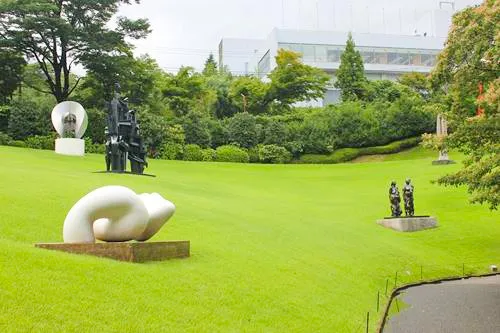
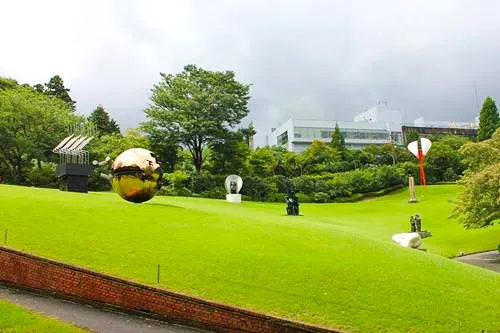
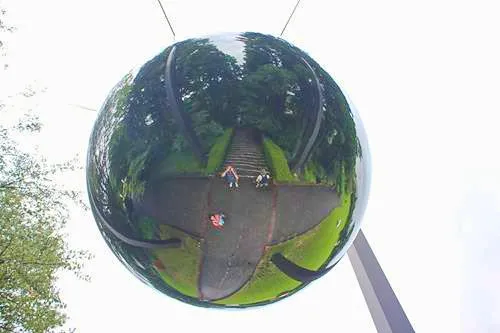
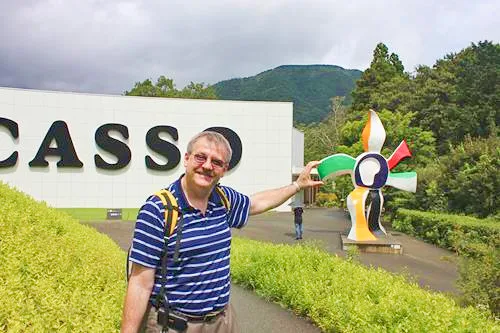
Owakudani Valley
Owakudani means ‘Great Boiling Valley’ and the Owakudani Valley is a volcanically active valley with sulfur vents and hot springs that was created about 3,000 years ago.
You can conveniently access to the viewpoints of the Owakudani Valley with the Hakone Ropeway. From the hotel or Hakone Open Air Museum, make your way to the Miyanoshita Station and take the train to the Gora Station, which is the final destination of the Hakone Tozan Railway.
In the same building is the start of the Hakone Ropeway.
Take the ropeway to the Owakudani station (note, you will need to change to a different gondola on a different rope at Sōunzan Station and exit at Owakudani station.
Important: There is some seismic activity in this region and sometimes the ropeway gets temporarily closed.
There are two things that you can do:
- Try the Kuro-tamago black eggs. Those are eggs that are hard boiled in hot volcanic spring water, which turns the eggshells black.
- Walk the trail to the Owakudani viewing sports where you can see the steam vents and smell the sulfur compound containing gases.
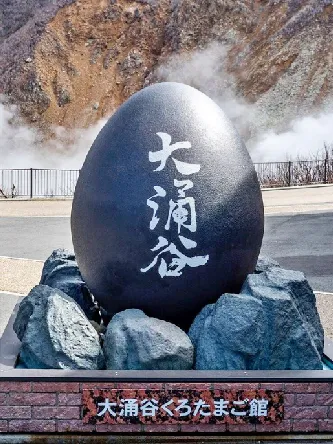
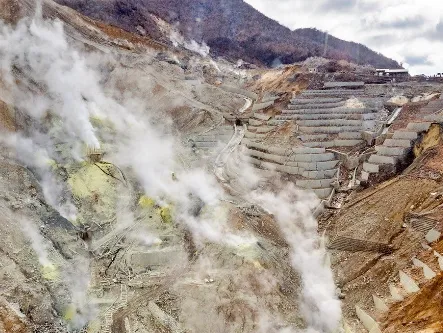
Pirate Ship Tour on Lake Ashinoko / Lake Ashi / Hakone Lake
Lake Ashinoko is a scenic crater lake that was formed 3,000 years ago.
To get there, take the Hakone Ropeway all the way to the final destination: Togendai Station.
The Hakone Pirate Ship departs from Tōgendai Port, which is basically the pier at the south end of the ropeway building where you arrive.
The pirate ship offers one-way cruises to the Moto-hakone Port at the southern end of Lake Ashinoko. The cruises are very popular, because they give you superb views on the lake with Mount Fuji in the background, if the weather cooperates, and because you can see the famous Hakone Jinjya Heiwa-no-Torii.
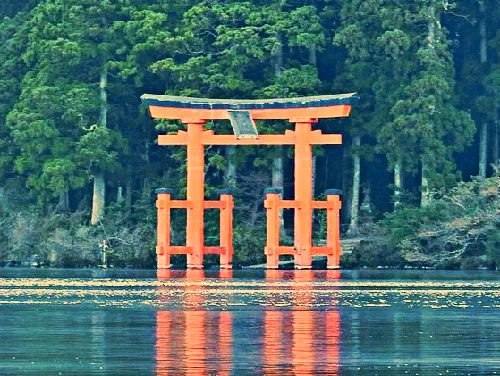
Hakone Shrine with Hakone Jinjya Heiwa-no-Torii
Hakone Shrine is only a 1/3 mile (600 m) walk from the boat dock. The shrine was visited by shōgun, samurai, and many travelers over the centuries.
Belonging to Hakone Shrine is the famous Hakone Jinjya Heiwa-no-Torii gate, which has become Hakone’s most instagrammable landmark. As such, it is very popular and there can easily be a 30min or longer wait until you get to take your photos. The shortest wait time is usually on weekdays early in the morning.
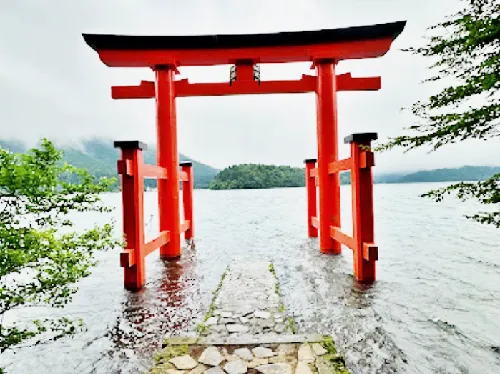
Other attractions in Hakone that may interest you
Yosegi art at Hakone Maruyama
Yosegi-zaiku ‘parquet work’ is a traditional Japanese marquetry that was developed in the Hakone region during the late Edo period (1603-1867).
About 200 years ago, a craftsman named Jinbei Ishikawa developed the Yosegi craft, in which he used different naturally colored pieces of wood (no artificially colored wood is used), cut it into different shapes that he combined with shaped of differently colored wood pieces, glued them together in intricate geometric patterns and then cut a thin layer off and glued it on a box or other surface. His items became popular souvenirs and attracted other craftsmen who helped refine the craft and popularize it.
This craft was developed in the Hakone region, as there was an abundance of naturally colored wood.
Hakone Maruyama is one of the shops that still specializes in this traditional craft. You can buy various items, including the famous ‘secret boxes’ (Himitsu-Bako) that are decorated with Yosegi marquetry. Legend has it that some of them require more than 100 steps to open.
The Secret Boxes were originally developed for travelers to store their valuables inside and to use them as a pillow during their travels.
If you want to see lots of Puzzle Boxes, check out Hakone’s Karakuri Museum.
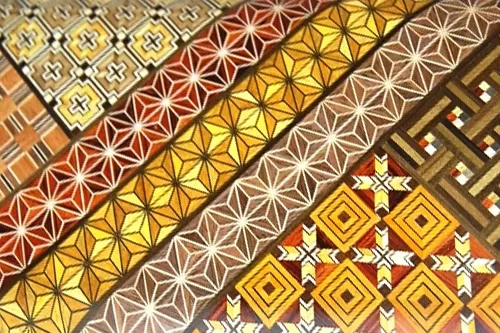
Karakuri Museum
The Karakuri Museum is really a small museum and gift shop where you can marvel at the famous Puzzle Boxes and buy them. You will see that the Puzzle Boxes are often not shaped as boxes, but houses, animals, etc.
Some of them are decorated with Yosegi marquetry – a craft that you can learn about at Hakone Maruyama.
Legend has it that some of them Puzzle Boxes require more than 100 steps to open.
The Secret Boxes were originally developed for travelers to store their valuables inside and to use them as a pillow during their travels.
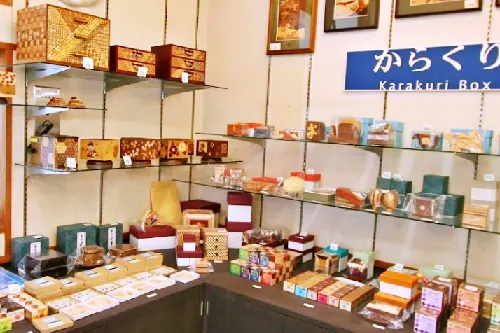
Tenzan Tohji-kyo
Tenzan Tohji-kyo is a Japanese onsen which has several outdoor pools of different temperatures that are fed by a hot spring and steam rooms. The pools are part of a natural setting with designed landscaping. The site is set on a peaceful hillside with forest and mountain views.
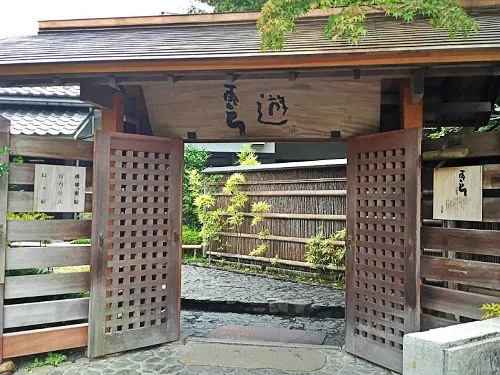
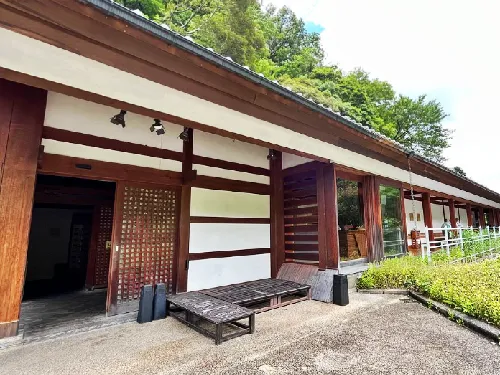
Which part of Japan do you want to visit now?
Author: Rudy at Backpack and Snorkel
Bio: Owner of Backpack and Snorkel Travel Guides. We create in-depth guides to help you plan unforgettable vacations around the world.
Other popular Purple Travel Guides you may be interested in:
Like this Backpack and Snorkel Purple Travel Guide? Pin these for later:
